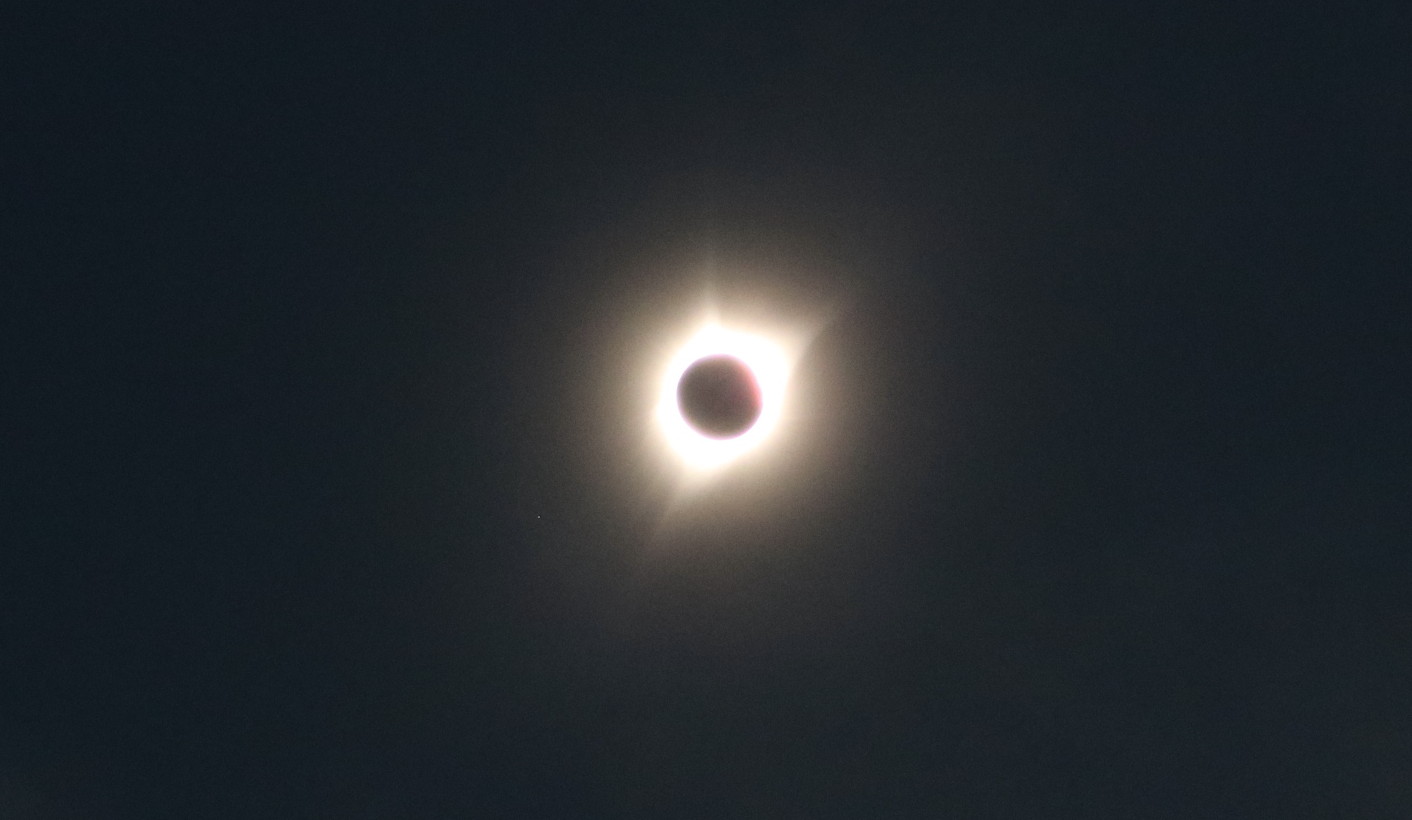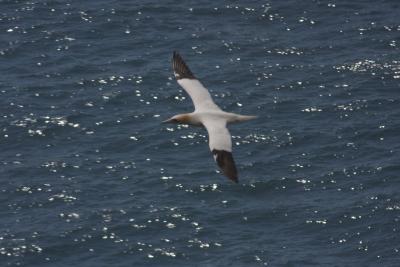Exploring the Newfoundland Outback
Newfoundlanders wouldn't call it the outback, that's an Australian term. I'm referring to the places that are as far from the TransCanada Highway as you can get in Newfoundland. As with the outback of Australia, the connections to the modern world fade quickly and the natural world and early history emerge. We found some wonderful places on our way to the tips of a few of the fingers of land that are so common in Newfoundland.
Leaving the capitol city, St. John's, we traveled to Placentia and stayed in an RV park near where the long ferry to Newfoundland makes its landing, Argentia. It isn't far from St. John's, just 98 miles, about 160 kilometers. The park had full hookups including 50A electric but no wifi. There was a visitors center less than a mile away where we stopped each day to connect and get our updates on things personal and business. It's an inconvenience that cuts into our exploring and sightseeing time and thus the number of things we can see during a day. Hint for the Chamber of Commerce, Internet is essential for tourists. It is true for us retirees and I can't imagine our grandchildren going anywhere they can't tap into the internet.
Placentia is located on the western side of the Avalon Peninsula. If you don't have a map, picture the Avalon Peninsula as a big W. The first stroke of the W is where the Avalon Peninsula attaches to mainland Newfoundland. Each of the remaining strokes make a separate and unnamed peninsula, south, then north, then south again, and finally north. That last one is where St. John's is located. Placentia is on the lower portion of the first downstroke. It was a convenient base for our exploration of that peninsula.
History here begins with Basque fishermen who came for the cod. They were followed by the French and the English so there were forts built because at the time each country was struggling for dominance of that part of the world. We toured the old French fort, Fort Royal, and learned of the hardships of early life on the island. The French eventually ceded the area to England and the English occupied the fort for a short period of time. They abandoned the fort in 1811 as England prepared to invade the United States in the War of 1812.
We drove to the southern tip of the peninsula on another day and visited the Cape St. Mary's Ecological Reserve. The road down the peninsula was in poor condition (a charitable description). The had occasional markers out for "bump ahead" and "potholes ahead" which made us laugh. We never figured out what made them select certain bumps and potholes for signage. They could have put a sign on the road leaving Placentia indicating bumps and potholes next 60 kilometers! We dodged and bumped our way along, arriving at Cape St. Mary's about noon.
Every birder knows that the best birding is early in the morning but we were here near noon. Still, we headed down the trail to the overlook to see birds. What a grand surprise we received. We were treated to magnificent views of nesting birds. The most spectacular were the Northern Gannets (see the photo with this posting). I fell in love with these birds when we first saw them on one of our first trips after we arrived. We got just a few distant glimpses as they were flying by but they were extremely graceful fliers and quite beautiful in binoculars. Since then we have watched them diving headfirst into the ocean to catch fish. Not just diving into the ocean, plunging vertically from a height of 30 or more feet into the ocean with hardly a splash. Now we were looking at their nests. These are pelagic birds, birds that spend most of their life at sea. They only come to land to nest, before returning back to the sea. Here they were with their fuzzy chicks, covering every possible spot on a large rock just off shore. We viewed them with binoculars and a scope that I tote around for just such occasions.
There were gulls also, the Black-legged Kittiwake. These are also pelagic, spending most of their adult lives at sea. The young were old enough to practice flying and were particularly entertaining. They must learn fast. They will be flying away in the next month and they won't return to land for three years. We also saw Common Murres. How common are they? They are so common that they are hunted here in Newfoiundland. The natives call the Turres and they are allowed to hunt them here in Newfoundland because it is a traditional game bird here. We saw thousands of them on the cliffs, each tending a nest, raising a single chick. The Common Murres are also pelagic and rarely seen from land except when nesting.
Leaving Placentia, we drove northeast to the peninsula which makes up the middle of the W. We found a park near Green's Harbour. It was a large park and we got a pull in spot. Yes, we pulled into the spot, the utilities were on the proper side then. When we left we backed out of the site. The site had at one time been occupied by people who stayed there as "permanent" renters. They had fixed up the site so it was much nicer than any of the others in the park. It was easily the nicest site we had anywhere in Newfoundland. It was level, paved with a clean dark red rock and surrounded with small trees but they were well trimmed and presented no problems. We had full hookups and no wifi. There was internet access at the office, a short walk from our site. Still not the convenience of relaxing in the motor home using the internet.
From Green's Harbour we went south to the town of Dil--, yes, I know, but that is the name. It was named for one of the town founders. That's a name that would be changed today! The Di-do Dory Grill had been recommended to us so we had to give it a try. They had easily the best fish and chips I've ever had. The cod was spectacular and the fries were quite good, not greasy. Traveling north up the west side of the peninsula we stopped at Heart's Delight to visit the Cable Station. Heart's Delight is where the first trans-Atlantic Cable came ashore. We saw the actual cable and its successors on the beach and in the building. There was a short movie introduction and then we toured a massive display of the equipment and history of the cable station. Incoming Morse Code messages were received here and transmitted on to the rest of America. The first successful cable came ashore in 1911 and the station closed in 1965. For 54 years, this was a hub for communication between Europe and North America. This museum far exceeded my expectations and I would recommend it to anyone. Its displays touched on the impact of the business on the community, to women,s employment in Newfoundland and the history of communications.
At the northern tip of the peninsula we walked among old rock fences that the first settlers used to mark their fields and pastures. The community of Grates Cove was representative of many fishing villages we have seen. Small roads branch off to houses that dot the hillsides. The amenities are few. There is a post office in most every village. A few have service stations which double as the grocery. Most of these villages have only housing. All have a dock or series of docks. The larger ones have a fishery were fish are processed and shipped to market. There isn't much for tourists in these towns other than their picturesque nature.
We left the Avalon Peninsula traveling north toward Gambo. We had already explored the Bonavista Peninsula and Terra Nova National Park so we continued past them. At Gambo we turned north on Highway 340 and this time took a different approach. We decided to take the motor home on the loop around the Gander Peninsula. We had seen part of this peninsula making a day trip out of Gander to Twillingate. This trip rewarded us with wonderful scenery which is much better seen from the high seats and single glass windshield for a panoramic view.
I don't think that I have mentioned the amazing presence of water in Newfoundland but everywhere we travel there are lakes, ponds, bays, harbors, and thousands of puddles and wet bogs. Water is literally everywhere, fresh water, bog water, sea water. In fact Newfoundlanders have a variety of humorous songs. One of my favorites is... "Thank God We're Surrounded by Water." Look up the lyrics on the internet, you can even find a link to a You Tube version of the song. I finally found a copy on an album, Good Work... If You Can Get It!, by The Government Rams. We heard this in the -ildo Dory Grill but the waiter couldn't identify the group.
So our journey from Gambo north to Newtown was highlighted by lakes, ponds and other bodies of water all with scattered boulders from glaciers dotting the shallow waters. In Newtown we stopped to drive through town. With forty feet of motor home and a car in tow this is always a risk but we found a wonderful spot to pull off in the only loop in town. That turned out to be where the history tour of Newtown started out so we signed up and took the two hour tour led by two rosy cheeked young men. We saw an old school house complete with old classic school books, a fishing shed with tools for cleaning fish and two houses belonging to several generations of a fishing family. We found a spot to pull off near Musgrave Harbour to spend the night along the roadside. By the afternoon of the next day we were in Deer Lake on the western side of Newfoundland. Deer lake would be the jumping off point for our next great exploration, Gros Morne National Park and the Northern Peninsula. We laid in provisions, food and fuel, after a good nights sleep on the Royal Canadian Legion parking lot in Deer Creek. By ten o'clock we were on our way.




1 Comment
Recommended Comments
Please sign in to comment
You will be able to leave a comment after signing in
Sign In Now